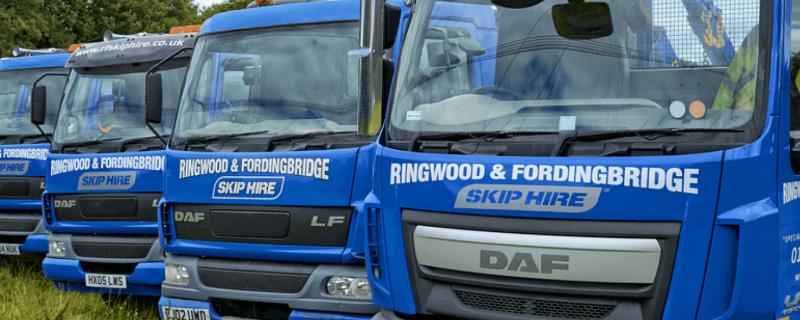How to Fill a Skip
A skip is a great waste management solution that can be used for all manner of projects. From household DIY work to major commercial developments, skip hire is an easy and convenient way to dispose of all kinds of waste and it’s important to understand how to fill a skip effectively.
Before filling a skip, you should make sure that you are wearing the necessary safety equipment such as protective gloves, safety glasses and closed shoes.
How to fill a skip safely
You can’t just chuck anything in a skip.
Before you start to fill one, take some time reading what can and can’t go in a skip. Our FAQs outline what can’t be put in a skip so make sure you consult them. If we arrive to collect the skip and it includes prohibited items, we may refuse to take it away.
While it might seem simple, there is actually a proper process to follow to help you fill it correctly and ensure you are able to maximise the skip’s available space.
1. Be aware of your level load line

Before you start filling your skip, make sure you’re familiar with its level load line. Every skip has one of these lines which indicate the maximum level you’re allowed to fill it to.
A skip is considered to be level-loaded when it is filled up to or below the line. If you fill the skip above the line, it is considered dangerous and it is actually illegal to transport it in this way.
It is likely a skip hire company will refuse to take your skip if you fill it above this maximum level.
2. Flat items
Begin by placing any flat items, like cardboard boxes or wooden planks, on the bottom of the skip.
Break down boxes and flatten anything that can be flattened to create a solid base layer which the bulkier items can be placed on top of. Flattening these materials can also help maximise the available space your skip has.
3. Build items up in a tessellate manner
If you have any items that fit together nicely, these should come next.
Build them up in a tessellated manner, working layer by layer across the skip. These can include items like bricks or tiles.
4. Place bulky items on top
Bulky, awkward or heavy items should be left until the end.
You should still break them down if possible, but adding them on top can help to compress the layers you have already placed in the skip and, theoretically, this will help to create even more space.
5. Add debris
Finally, if there are any bits of debris that you have left over from your project, you can throw them into the skip at the very end. Insert them into any gaps or spaces that you can find but be careful not to go above the level load line.
If you’re looking for domestic skip hire or commercial skip hire in Ringwood, Fordingbridge, Salisbury or Bournemouth, RF Recycling is here to help. We have a wide range of skips available in all sizes, and can provide you with the perfect type for your project.



















